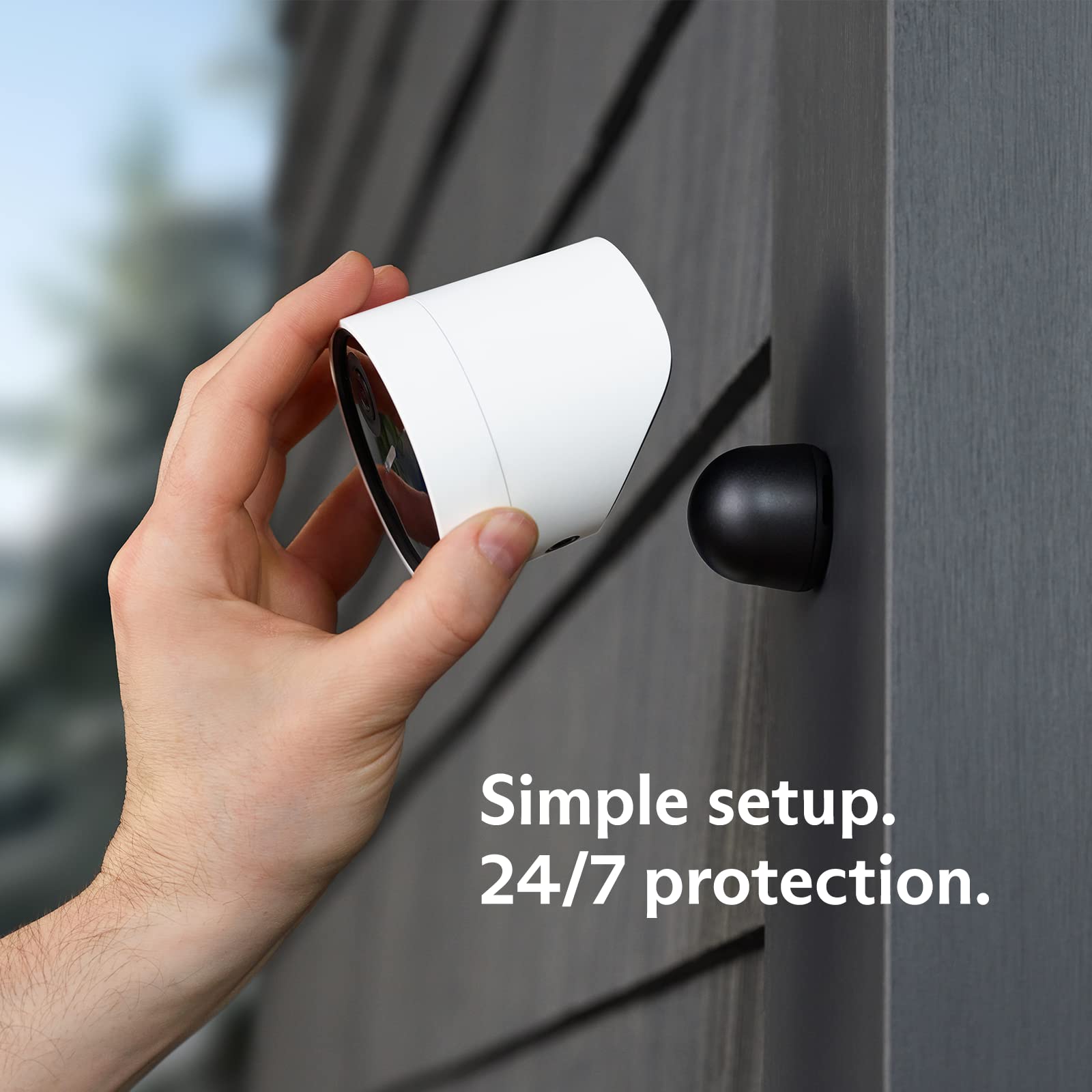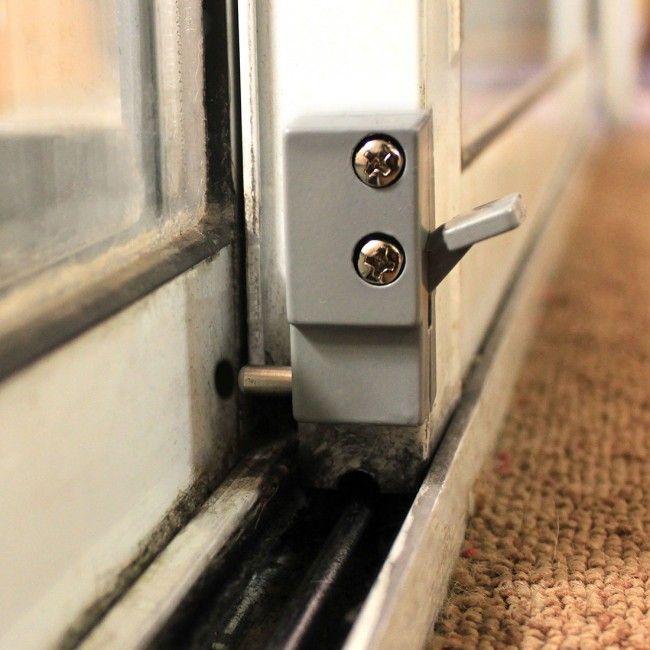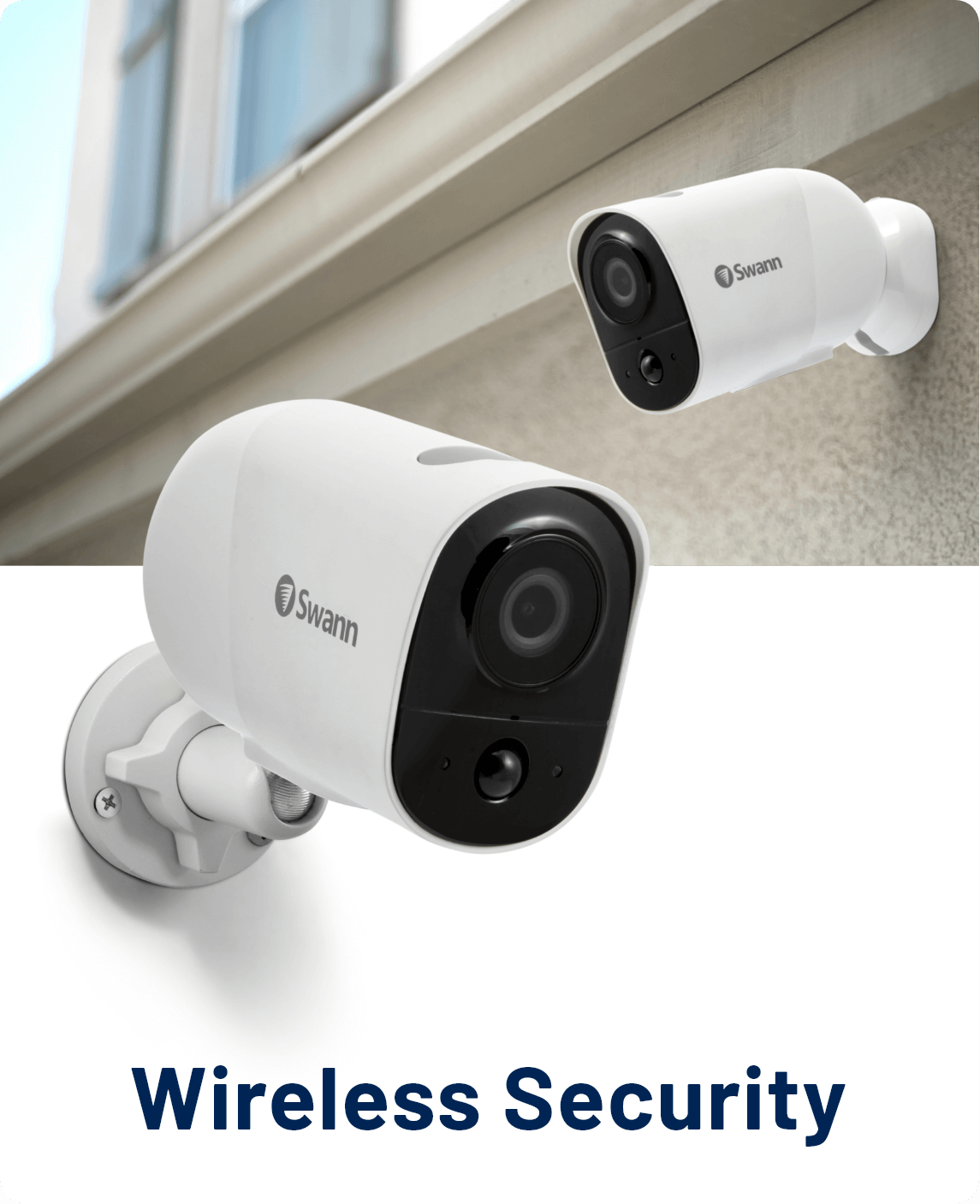
There are several home security tips that you can follow to reduce the risk of a burglary. Locking all your windows and doors will help to reduce the risk of being burglarized. You should also install a motion detector in your home. These security tips can help you keep your home safe from intruders.
Iron bars on your windows
Iron bars on your windows are a simple yet effective home security measure. They can be placed on residential or commercial windows. The bars can keep burglars out and your family safe around the clock. These bars are inexpensive and can help you to save money on your insurance.
Installing a security screen door
Security screen doors offer convenience and security that will protect your home. A security screen door can also improve the aesthetics of a home by allowing natural light in and fresh air to enter. Security screens add an additional layer to protection, as the door is the only barrier between an intrusion and your home.

Lock all your doors
There are simple ways you can increase your home security without investing too much time. One of these is getting to know your neighbours. Research has shown that the majority Southeast residents lock their doors. Residents of the Northwest and Alaska, however, were the least vigilant about locking their doors.
Installing a motion detector lighting
When installing a motion detector light, it is important to keep in mind where it will be mounted. It is crucial to mount the motion detector light high enough so it can be easily seen through tall trees and shrubs. You must also make sure that the lights are connected to electricity. These lights are generally best installed under the soffit of the building or on the side walls.
Installation of a smart home security alarm system
There are several advantages to installing a smart home security system. For one thing, you can save money and time. Most smart home security company will help you with the installation process.
Use a dog to deter burglars
A dog is a great option for home security. Not only will a dog provide entertainment and comfort, but it can also serve as a deterrent to burglars. There are many types of dogs, from small breeds to large-breeds.

Light your home to make it appear occupied
This is a great way for security to make your home look occupied. This gives the appearance of someone home and discourages burglars. The lights can be set to go on or off at different times of the day. The ability to set the radio or television on timers can be used to fool thieves into thinking that someone is home.
FAQ
Do I really want a home alarm?
Home security is essential for everyone who lives in a home. You don't have to be worried about a burglar breaking into your home. They will take everything they want, even expensive jewelry. They can even take everything if your doors are unlocked.
Your home is protected by a home security system that alerts you to any potential dangers. This includes monitoring motion, sending you alerts to mobile devices, recording activity, as well as allowing access to recorded footage.
A DIY camera is a great alternative to a full-blown home security system. These devices allow you to see who's at your front door, and will send you notifications when they enter. These devices will not help stop intruders entering your home.
Who is the best home security monitoring company?
ADT is the best home security monitoring company. They offer a 24 hour monitoring service for an affordable price. They offer 24/7 monitoring service and respond in minutes.
ADT also offers an app that works on both Android and iOS platforms. You can now check the status of your home from anywhere, at any time.
What is the best system for home surveillance?
If you want to protect your family from intruders, then you should consider buying a home security system with cameras. These systems are simple to use and offer great benefits for homeowners as well as renters. You can also remotely monitor your property from your smartphone, tablet, computer or any other mobile device.
Statistics
- (In my experience, the discount on my home insurance covered about 25 percent of the subscription of an average plan, but your mileage may vary depending on your location and the size of your home.) (theverge.com)
- Depending on your insurance, 24/7 professional monitoring may qualify you for as much as 15% off your premium. (safewise.com)
- Most home security companies will charge you around 75% of the remaining term of your contract if you cancel early—and some require 100%.Related questionsWhat type of contract length can I expect from security providers?Home security system cancellation (safewise.com)
- Depending on your insurance, 24/7 professional monitoring may qualify you for as much as 15% off your premium. (safewise.com)
External Links
How To
How to Install an Home Security System
A home security camera is a device that monitors your house and alerts you when there's activity. It could be a motion sensor, doorbell camera, smoke detector, fire alarm, flood alert, carbon monoxide detector, burglar alarm, etc. A home security system typically includes one or more sensors, such as motion detectors. These sensors send signals when they sense movement or sound. The signals are then sent out to a control board where they can monitored and recorded. A control panel will alert your phone, tablet or computer if something is wrong. You will be notified immediately and you can take immediate action.
The first step to installing a home security system is choosing the right type of sensors for your home. There are two main types of sensors: passive and active. Passive sensors aren't powered by batteries. They just detect sounds and vibrations in their environment. They include doorbells, sirens and buzzers. Active sensors use electricity for data transmission. Some examples of this kind of sensor are cameras and motion sensors.
There are many types of sensors on the market today. Each brand has its pros and cons. Some sensors are weatherproof and others aren't. Some sensors have built-in speakers, so they can be heard even when you're not outside. Others are only for use inside. Others are more complex, while some offer more advanced features like night vision.
After selecting the right sensors for your property and deciding on a manufacturer, you will want to make a selection. This will make sure that your sensors function well together. You will find many options in your local hardware store.
Once you've chosen a brand of sensors, you'll need to decide how many you want to buy. Depending on whether they live with family members or alone, most people purchase one or two sensors. You may want to consider purchasing more sensors in the future if possible.
Next, determine where you want your sensors to be placed. Do you want them close to doors or windows? Or are you happy to keep them hidden? Before placing them on your property, get permission. It is important to ensure they do not interfere with electrical outlets.
Now that you know the exact location of your sensors you will need a connection to your control board. A power adapter or battery package may be required depending on your setup. Once everything is set up, it's time to start monitoring your property.